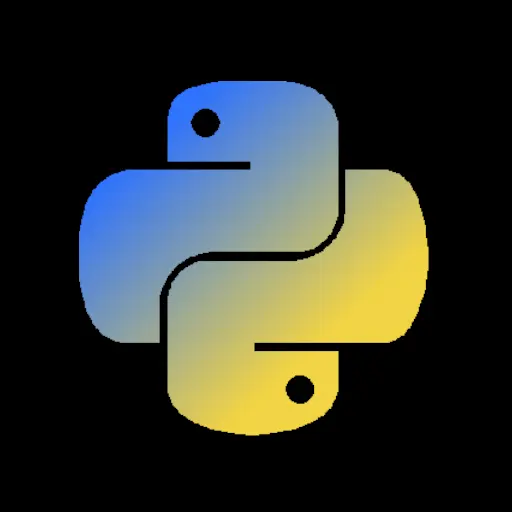

Weird article. Suddenly switches to talking about some other lady suing Netflix over an unrelated incident, and then the last half is only about that.
Professional software engineer, musician, gamer, amateur historian, stoic, democratic socialist


Weird article. Suddenly switches to talking about some other lady suing Netflix over an unrelated incident, and then the last half is only about that.


Sounds like Kubuntu’s fault to me. If they provide the desktop environment, shouldn’t they be the ones making it play nice with the Linux scheduler? Linux is configurable enough to support real-time scheduling.
FWIW I run NixOS and I’ve never experienced lag while compiling Rust code.
Very biased survey in general. Should have more open-ended questions and less tailoring of questions based on previous answers.
What is the difference between “Versioned” and “Stable”? And which one is NixOS?


def path_is_valid(path: Path) -> bool:
if not path.exists():
return False
return True
There’s no reason for this function to exist. Can you see why?
Awwwww there goes that plan.


Gleam is cool. I wrote some services with it to see if I wanted to use it for more projects. It seemed like a good option because it would be easy to teach.
Things I like:
Things I don’t like:
"Hello, " <> name. It starts to get cumbersomeserdeif guards

I think it would help narrow things down if you described what kind of website you want to build.


They explicitly said they want to build a website. Not that you can’t go far with a Java server + HTML(X) but JS is the de facto standard for interactive websites.


Javascript
WASM
How exactly do you debug code when your build process is separate from your code editor? Having to compile my code, run it until I find a bug, then open it up in a debugger and start it all over sounds extremely inefficient.
There’s a lot of incorrect assumptions baked into this. While you may choose to invoke your debugger separately from your editor, many modern editors support the Debug Adapter Protocol (DAP). This is a protocol developed by Microsoft for VSCode, and the VSCode debugger is quite powerful. I’ve only used Visual Studio many years ago, but from what I recall, the VSCode DAP is essentially just as powerful. And if you’re not interested in VSCode, the Helix editor and probably NeoVim also support DAP.
how to make the transition from a Visual Studio user to a Linux programmer
You are also coming in with the constraint of programming in C++. For this specific language, I think I agree with others here that either CLion or VSCode+CodeLLDB are your best options today. Maybe after you get comfortable in the Linux environment, if you want to try something more keyboard-centric, install a Vim emulation plugin or even jump right into Helix or NeoVim.


And how has this penalty incentivised any change in behavior? I assume the money will come from the school district, which is earmarked from local and federal taxes. So now there’s less money to pay for schools. In practice the school board may do as they wish with less funding until they are not reelected. Do you think they will be firing or docking pay of the people who are actually to blame?


If I tried this again today I would perish need to be rescued
But with discipline and training, this climb is very achievable! You don’t need to be a technical climber for this one.


Probably climbing up the West Ridge of Quandary Peak in CO. I was with 3 college friends. I didn’t expect the altitude to affect me as much as it did, but I got pretty winded. It was a little snowy and wet, so our holds were sketchy at times. Along the ridge it’s class 3 climbing, and the crux is a crack in a steep rock with a dangerous fall behind you. That was probably the biggest adrenaline rush I’ve ever had.
Thankfully we were greeted by some friendly mountain goats on our descent.
Here’s a good video of the climb. The harder stuff starts about 9 minutes in.
Did y’all know that microwaves aren’t magic and you need to mix your food?


Tidal is great but IIRC it either doesn’t support Amazon Echo or the integration is poorly implemented.


Perhaps “domain modules” if you want to be more agnostic about the actual shape of the code.


Stealing from “Domain Driven Design”, I think calling them “domain objects” is appropriate.
But quiche is tasty!